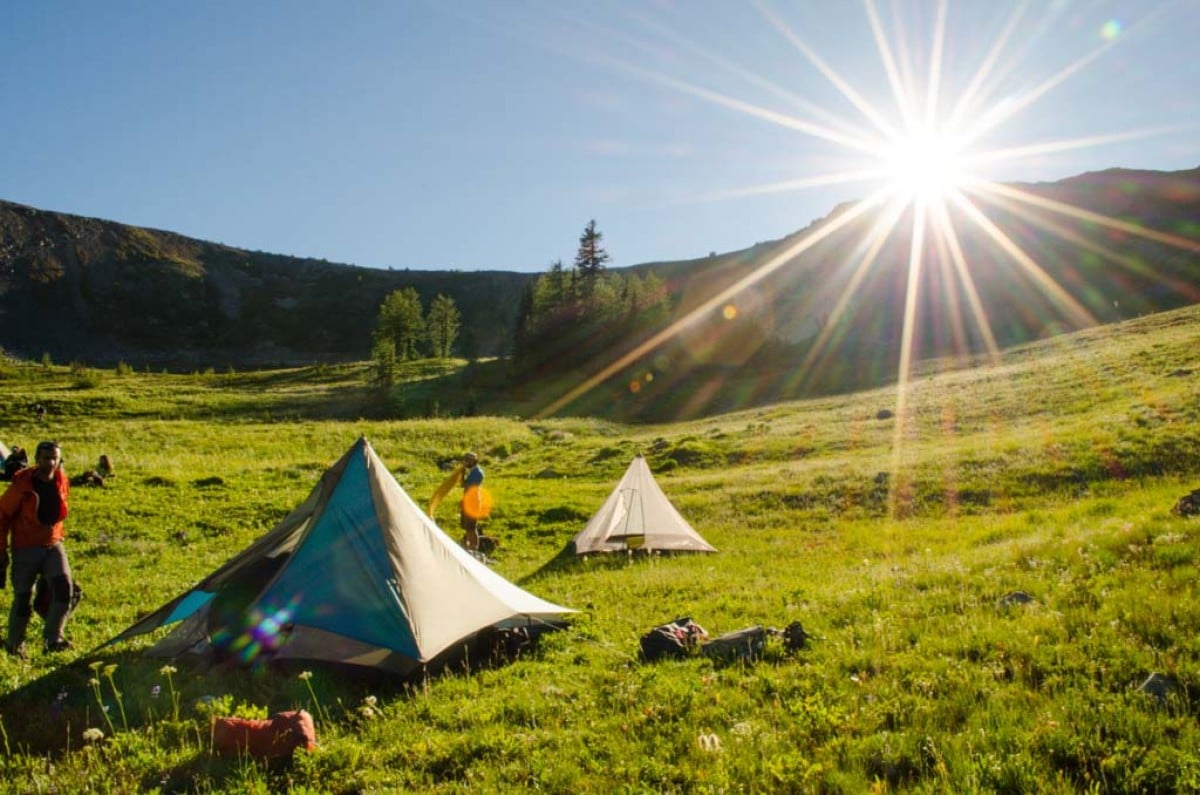
As an experienced outdoorsperson, you're aware of the rules. After you've enjoyed a hike, camping trip or some other excursion, you need to make sure you've left an area the same way you'd like to find it.
That respect is at the core of the Leave No Trace principles that protect the natural beauty of wild spaces.
Among these principles, the first is planning and preparation. A responsible outdoorsperson knows what they'll need on their trip, reducing their impact as they navigate the wilderness. These simple precautions allow you to appreciate the beauty of nature without harming it.
Of course, just knowing LNT principles isn’t always enough to ensure an eco-friendly expedition.
It's all too easy to forget the little details—not because you don't care, but because they don't occur to you in the moment. Swept away in the grandeur of the great outdoors, you're not always thinking of the small stuff.
With this in mind, we'll walk you through five strategies that can remind you to minimize your impact and help preserve the environment.
1. Camp Far from Rivers and Streams
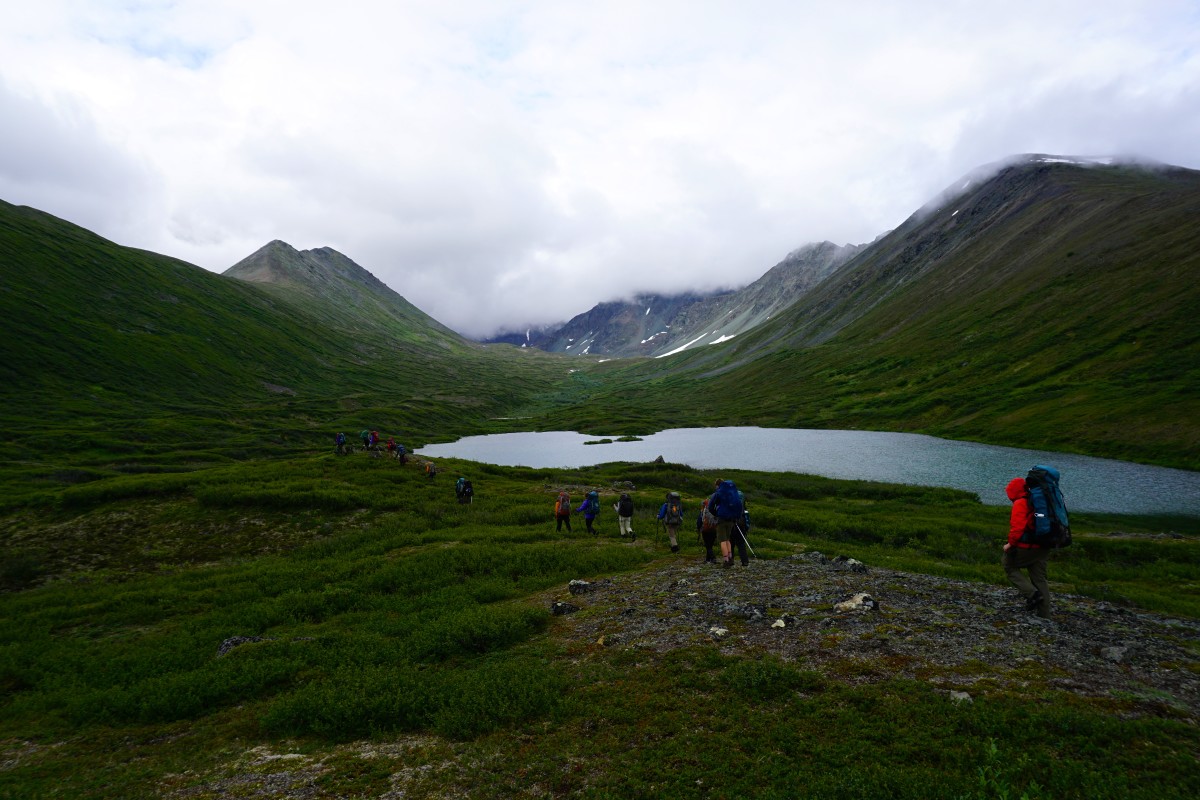
When hikers and campers come across a stream, they'll often take the opportunity to collect water or clean themselves. While it's tempting to wash your hands or dishes in a water source, it has the potential to pollute the water with toxic soaps and detergents. These substances can disturb sensitive ecosystems and harm wildlife.
The next time you're camping and find a stream or river, take preventive measures to avoid contamination.
LNT, and often the local land management agency, recommends a campsite that is at least 200 feet away from rivers or streams, so the rain won't wash any waste you leave out into the water.
If you want to use soap to bathe or wash dishes, carry water from your source to a spot that’s far away and do your cleanup far from the river’s edge. It’s not convenient, but it certainly makes a difference for the environment
2. Choose Existing Sites for Your Tent
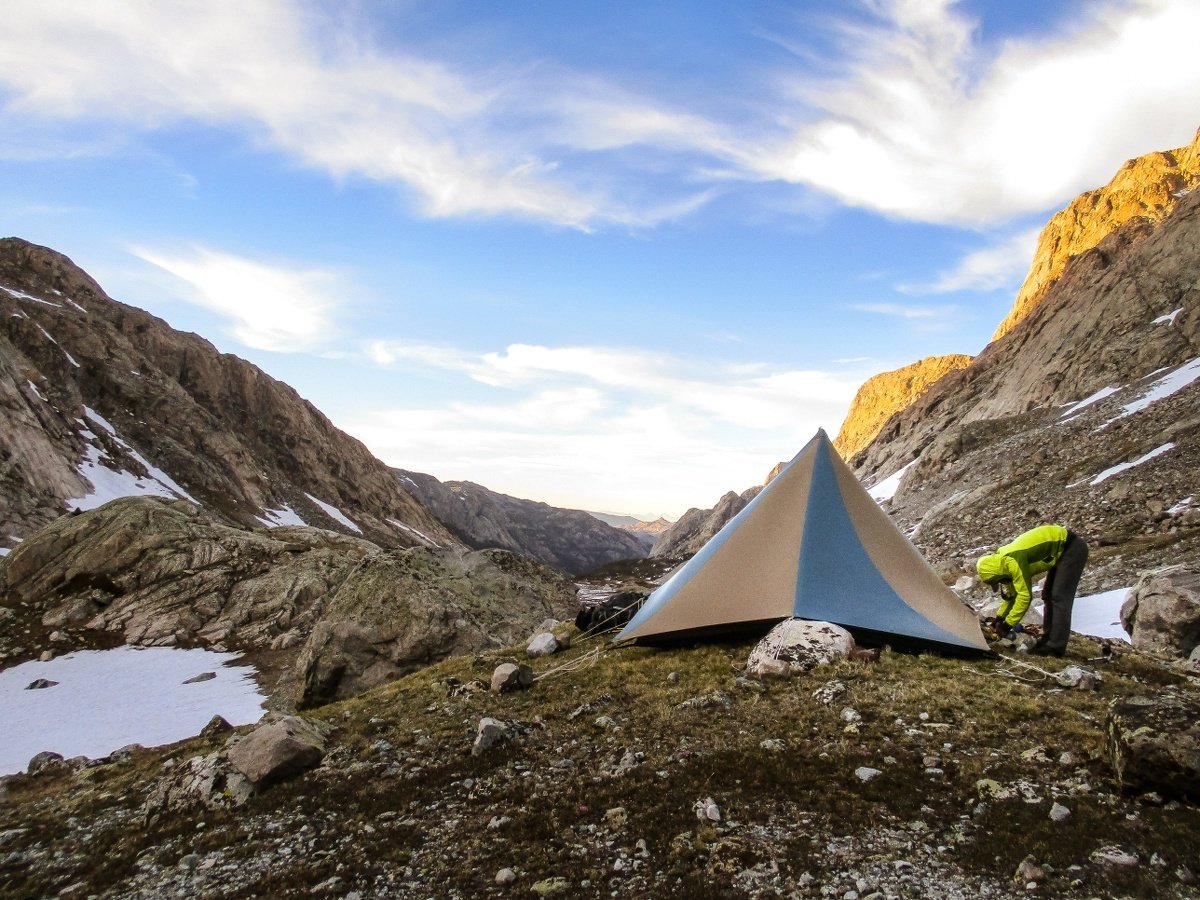
Camping on an existing site will concentrate your environmental impact, reducing the amount of damage you cause to the surrounding area. It’s advisable to pitch your tent where other people have camped—as long as it’s in a designated site. To that end, it’s helpful to set aside some time to search for recently occupied campsites.
If you can’t locate an existing site, you have alternative options that align with LNT principles—specifically, #2, travel and camp on durable surfaces. You can choose a durable surface for your tent, such as rock, gravel, or pine duff; something that can withstand the pressures you place on it. In doing so, you’ll have all the comfort of a standard campsite without causing more harm than necessary.
3. Use a Water Purification Device
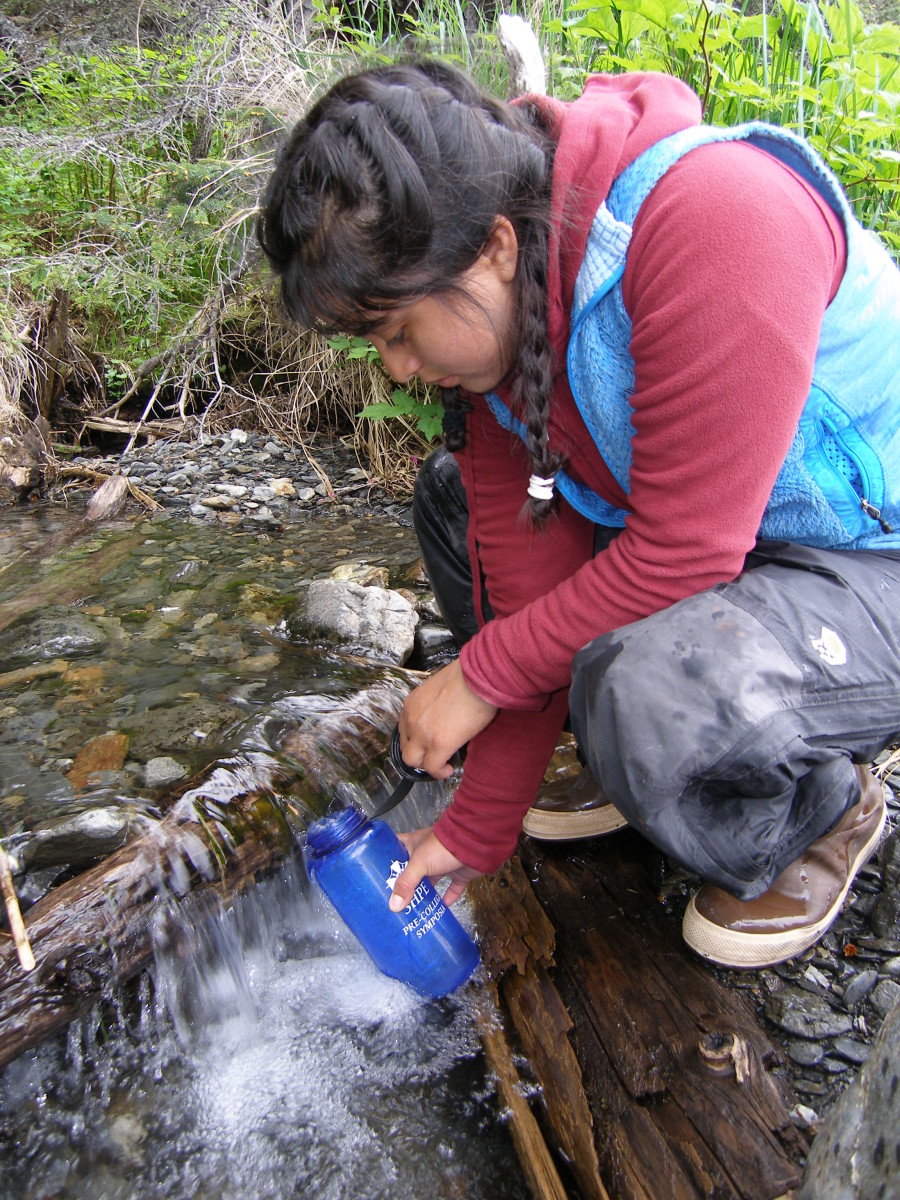
If you're hiking for a day, you'll need to drink 3 to 4 liters of water to stay hydrated. While some hikers might depend on plastic water bottles for their trek, if they aren’t reusable this creates waste they'll have to carry with them on their trip. Fortunately, you have an alternative that’s light-weight and eco-friendly.
With water purification devices like the MSR Gravity Filter and Aquamira products (like NOLS uses), you'll quench your thirst in a sustainable way, reducing plastic waste as you reuse your water bottle. These purification systems are exceptionally helpful for hikes through the backcountry, where you likely won’t have the infrastructure available or carrying water for the whole trip isn’t practical.
4. Maintain Your Eco-Friendly Values
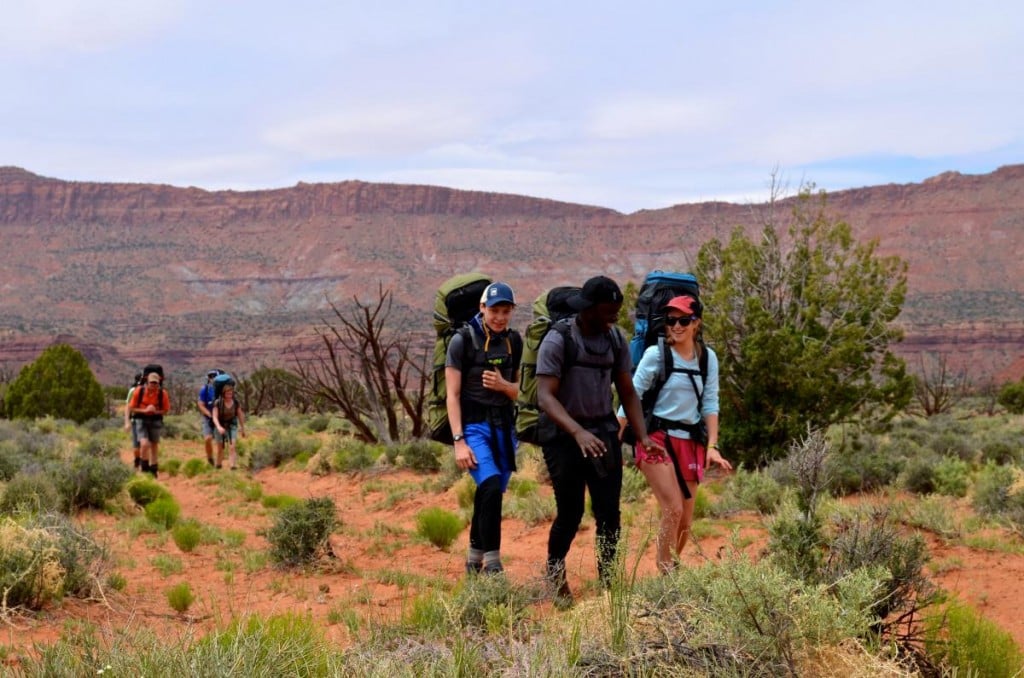
Even if you're out in the wilderness, the same eco-friendly principles you keep at home still apply.
For example, when you're packing food and items for your trip, choose reusable bags over plastic ones. And if you use plastic bags, remember that you can reuse these in many ways—to waterproof items, for litter (see below!) and to organize gear. They can often be used for multiple trips. As mentioned earlier, it's easy to forget the little details when you're excited for the day ahead.
To provide another example, it’s a good idea to designate a separate bag for the disposal of e-waste, such as batteries. If the batteries in your flashlight die before you make it back to your home, it's crucial to place them in their own container so you can discard them responsibly once you've returned.
5. Take an Extra Bag for Litter
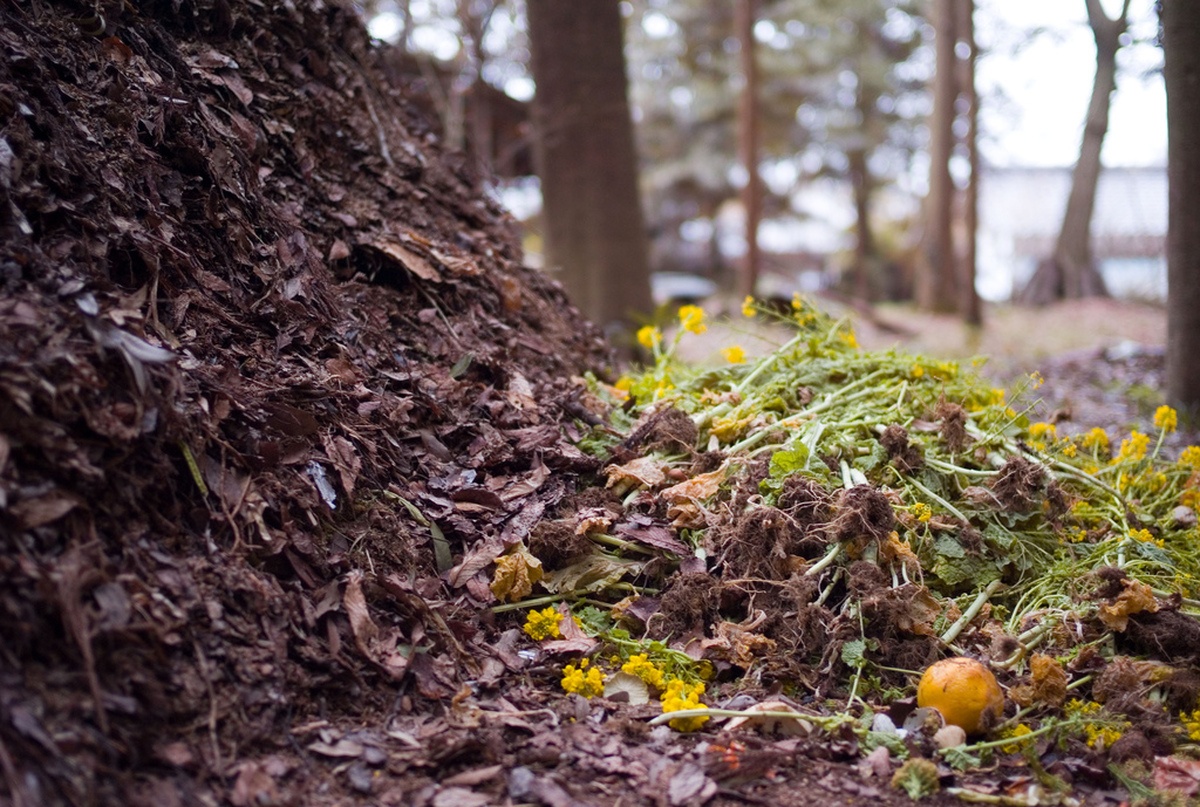
You're likely familiar with the principles of Leave No Trace, especially those concerning waste disposal and planning. Like many other outdoorspeople who've hiked and camped for years, you know to bring a bag with you to collect your trash, enjoying an area while having a minimal impact.
Even with these measures, you can make an extra effort and clean up trash you find along your trail. You'll feel better knowing you're contributing to environmental preservation. On your next excursion, bring one more bag than you think you'll need.
Remember: Everyone Can Do Their Part
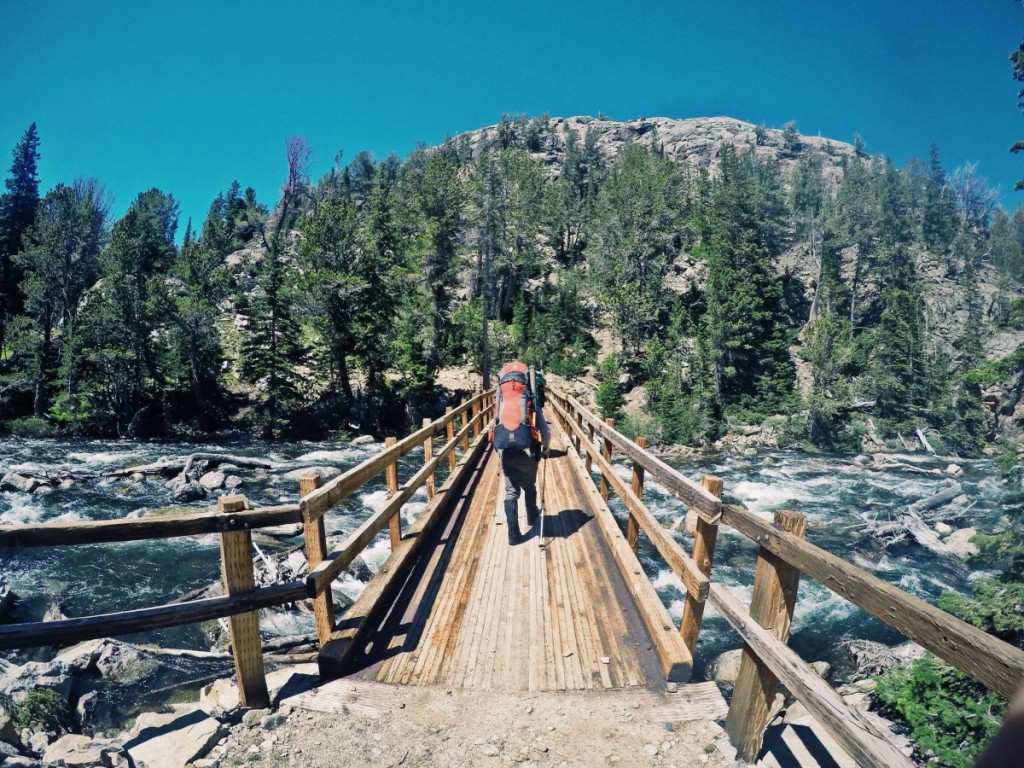
Whether you've planned an afternoon hike, or you're getting ready for a weekend camping trip, review the five strategies in this article.
Every outdoorsperson can do something—even if it's small—to keep the environment clean and healthy. With your help, the great outdoors will remain beautiful for generations to come.
Written By
Emily Folk
Emily covers topics in conservation and sustainability. You can read more of her work on her blog, Conservation Folks (conservationfolks.com).


.jpeg)
